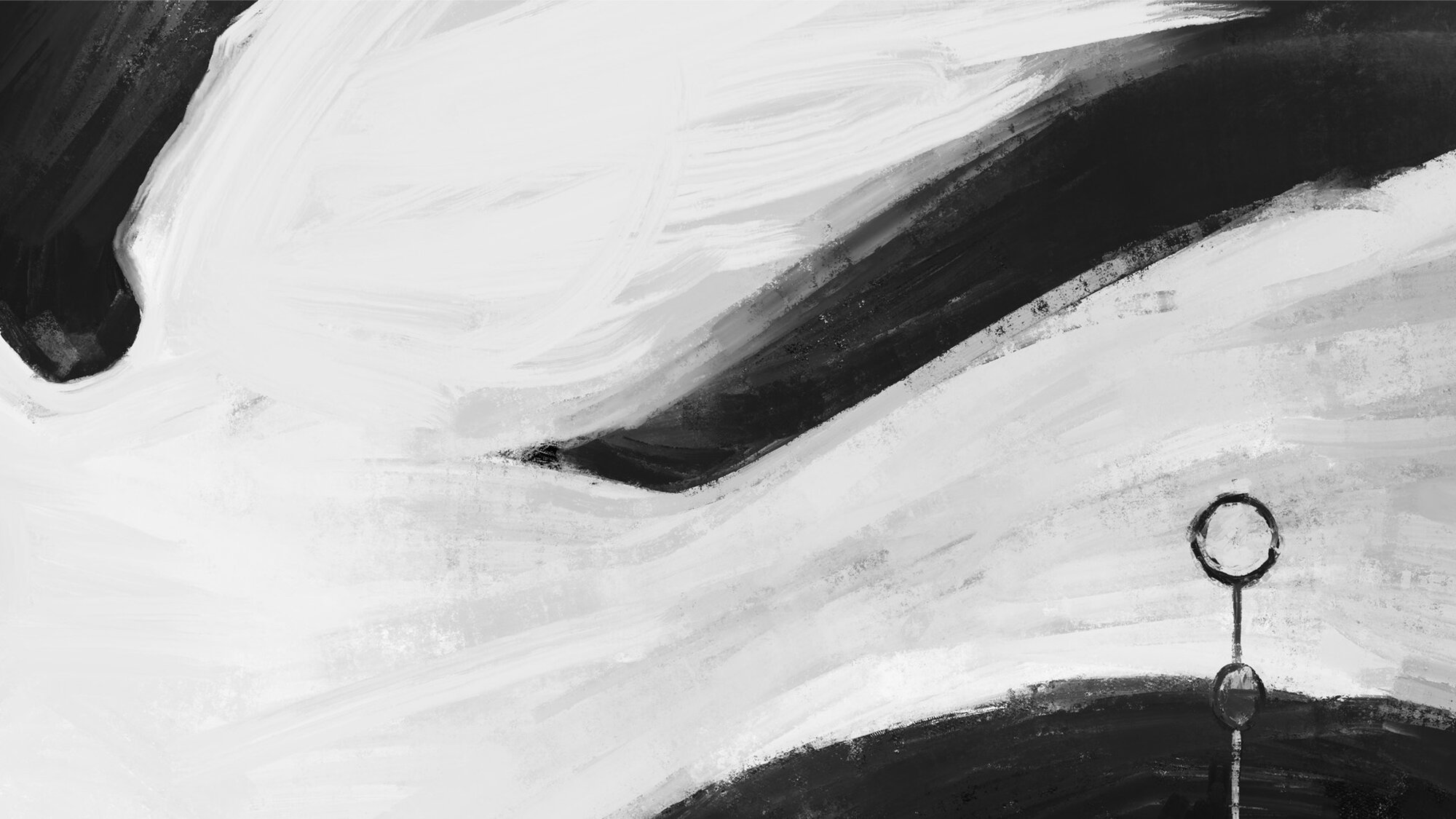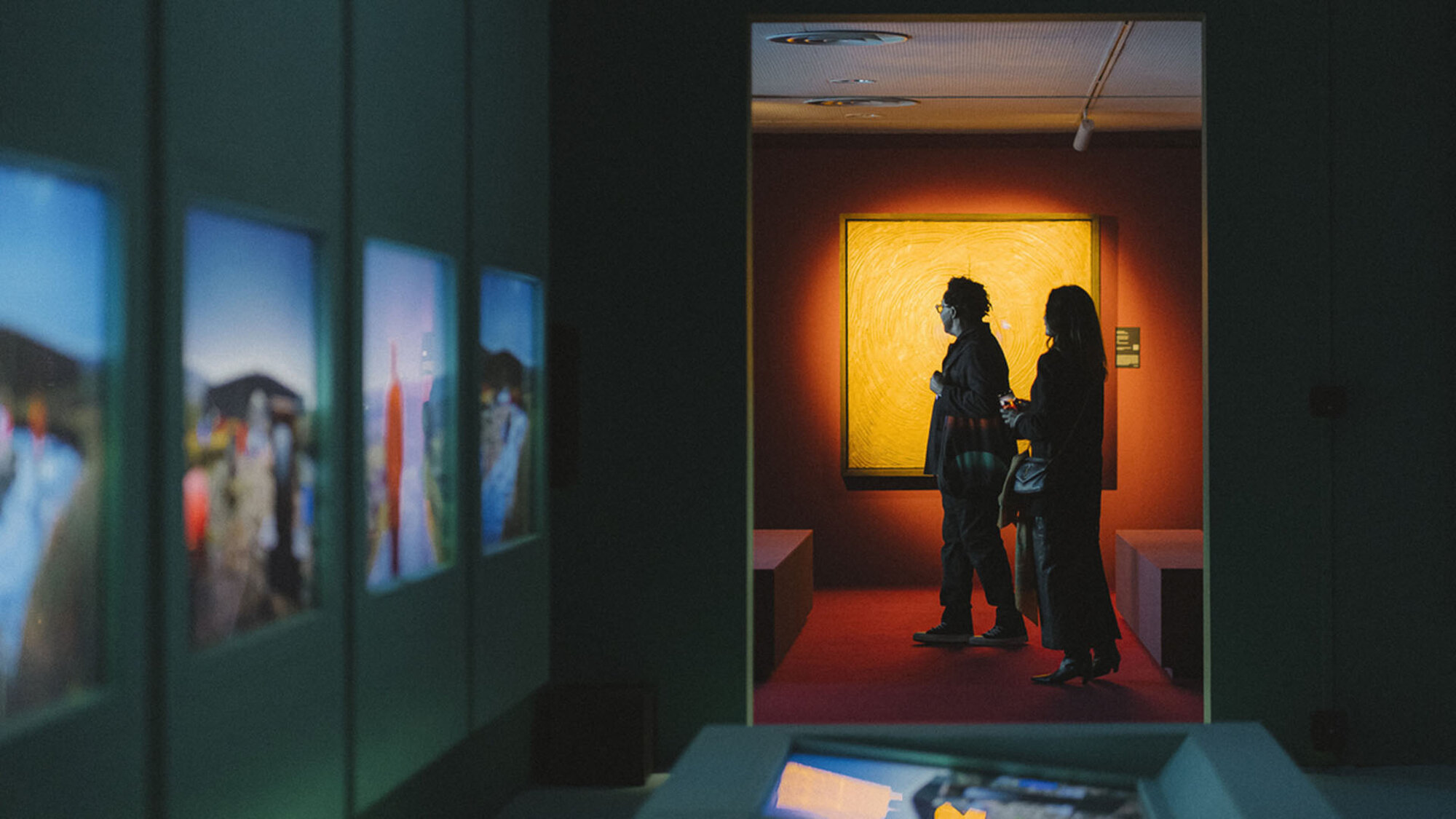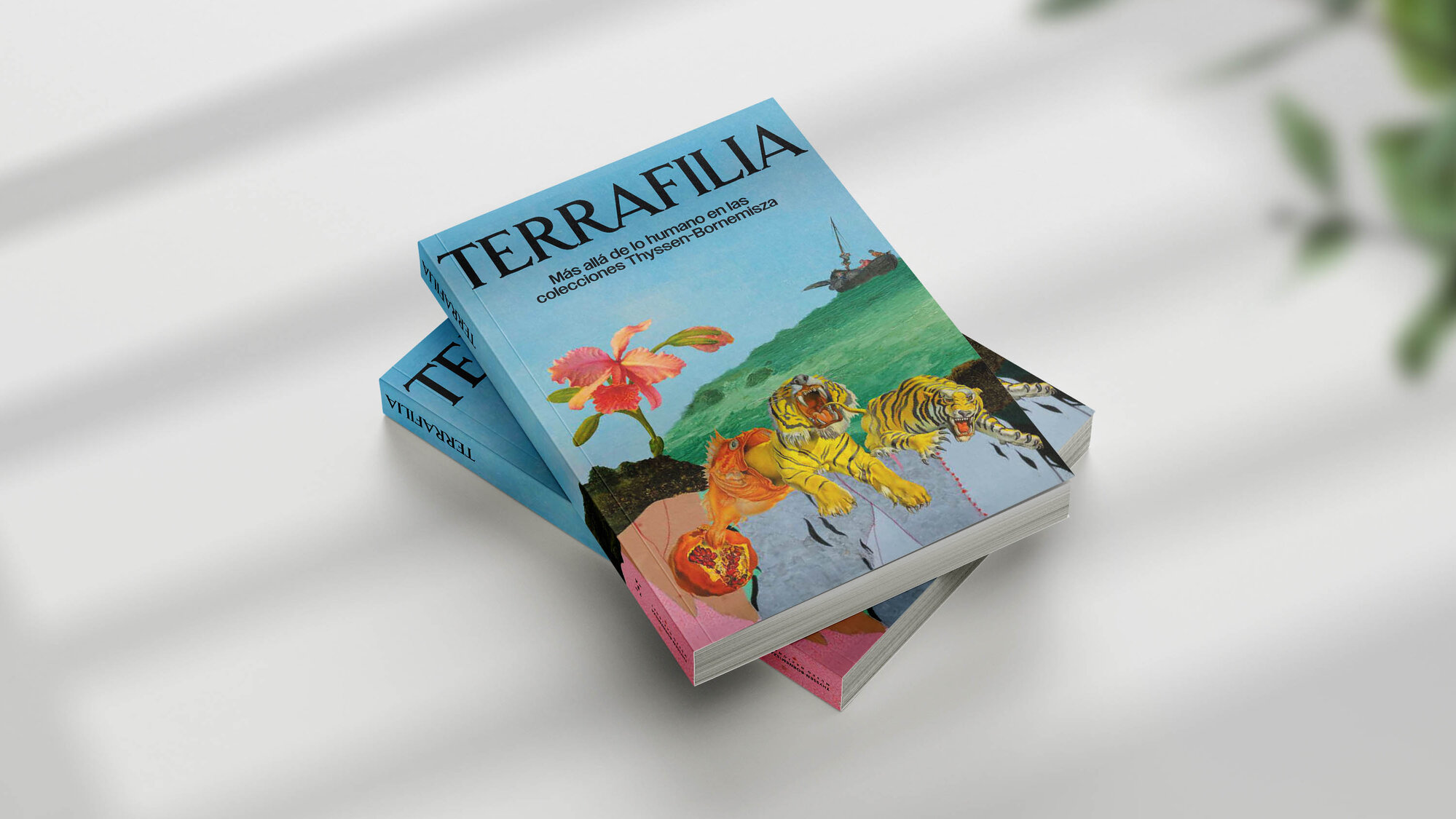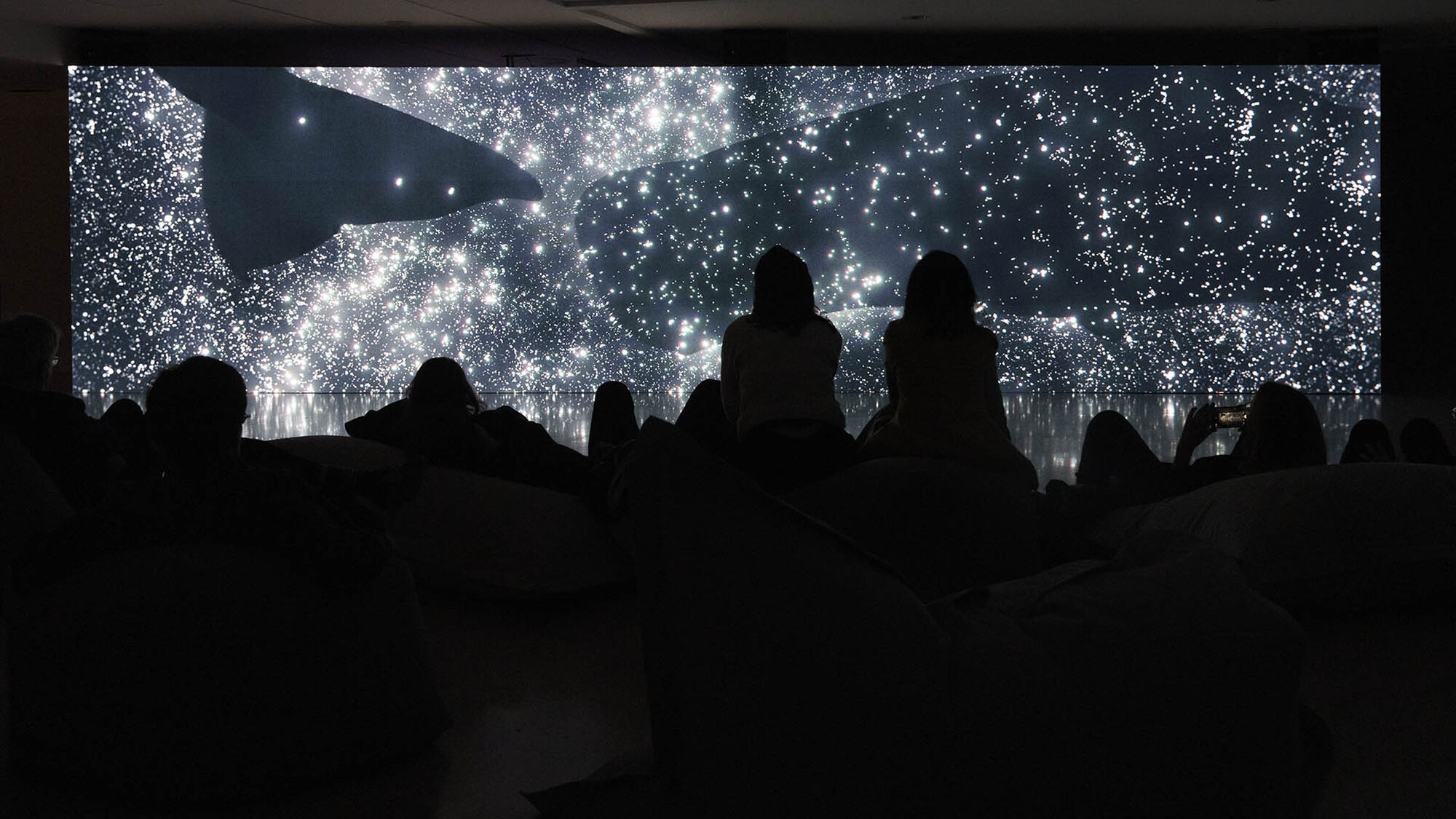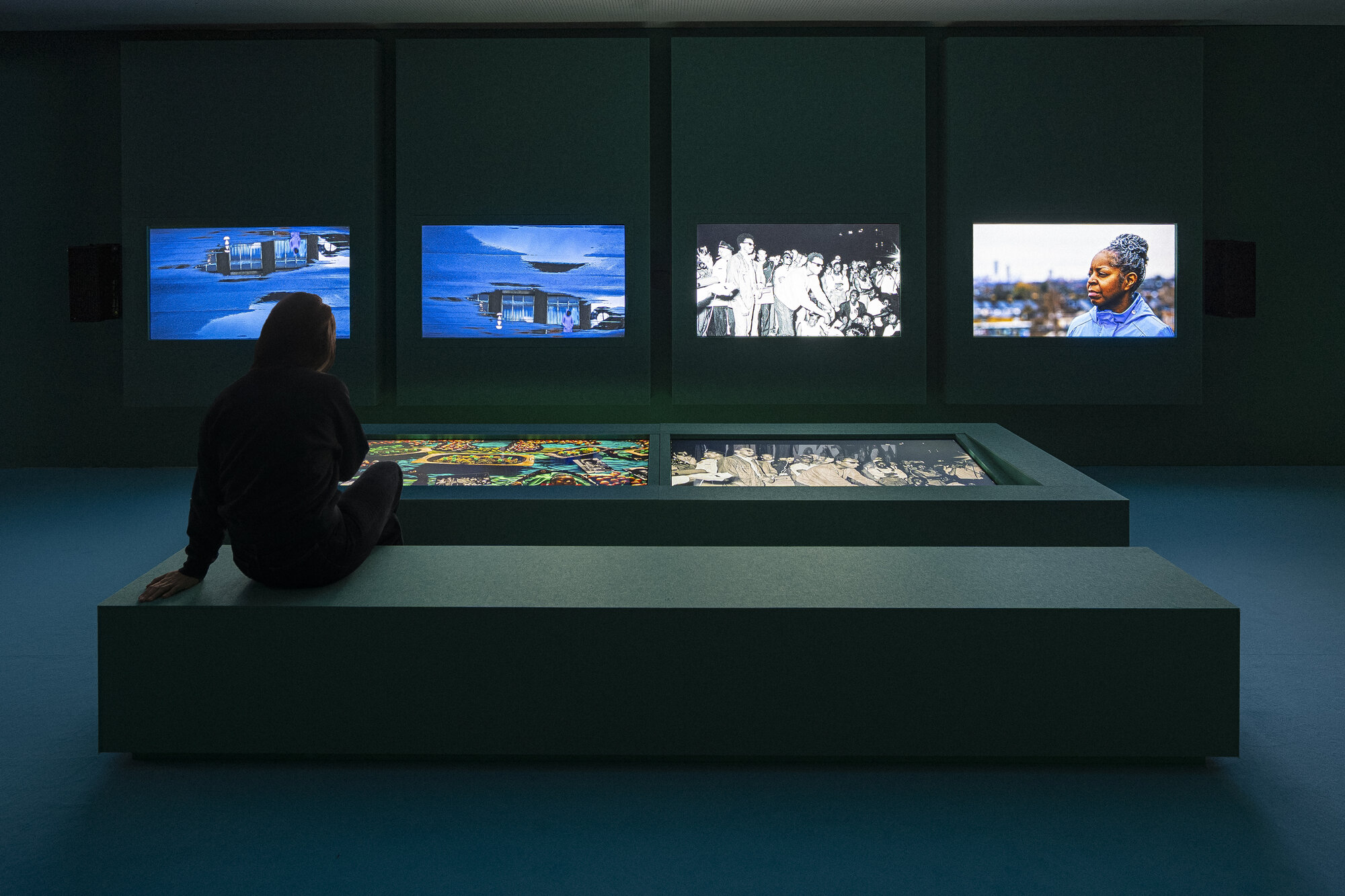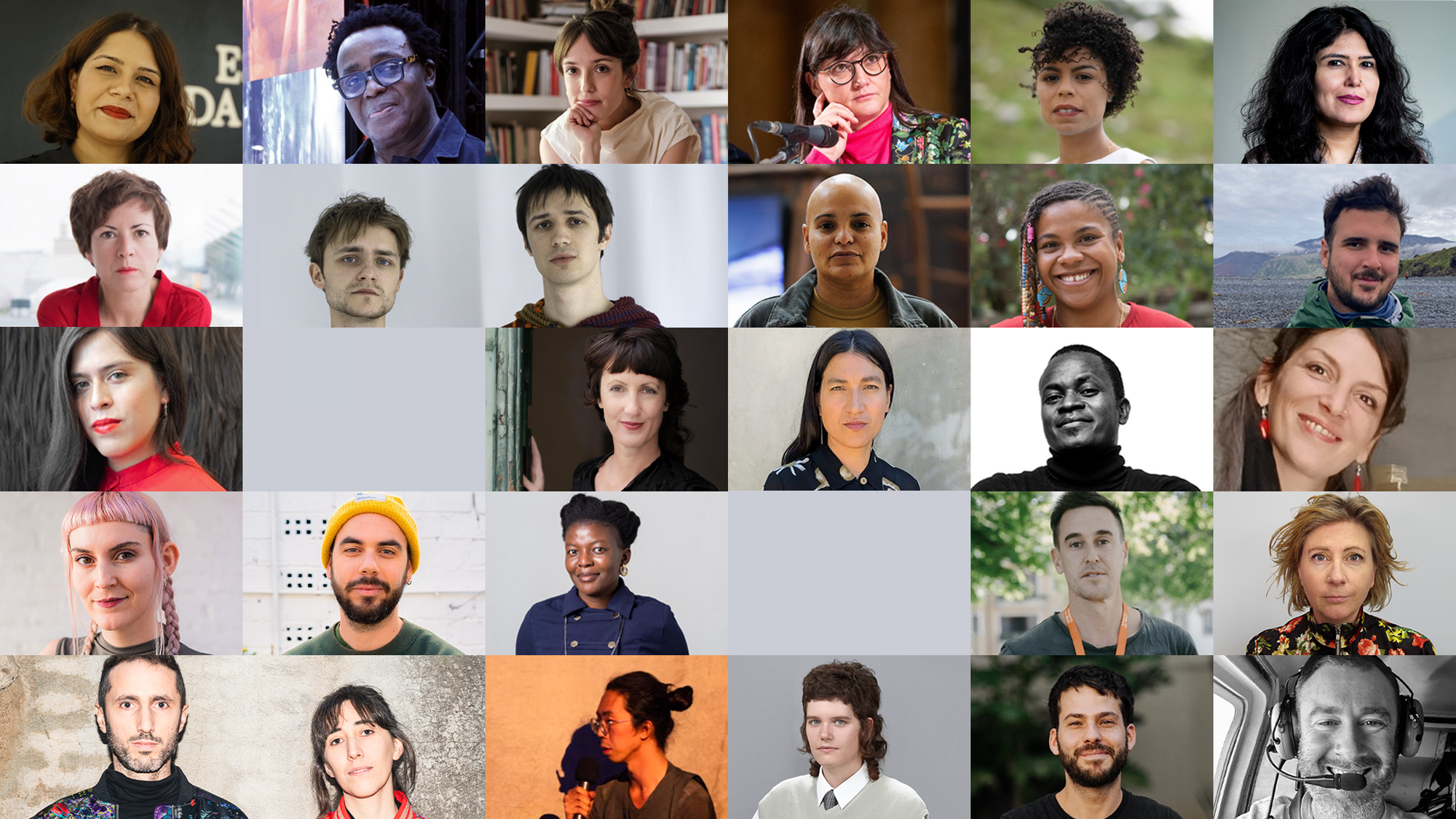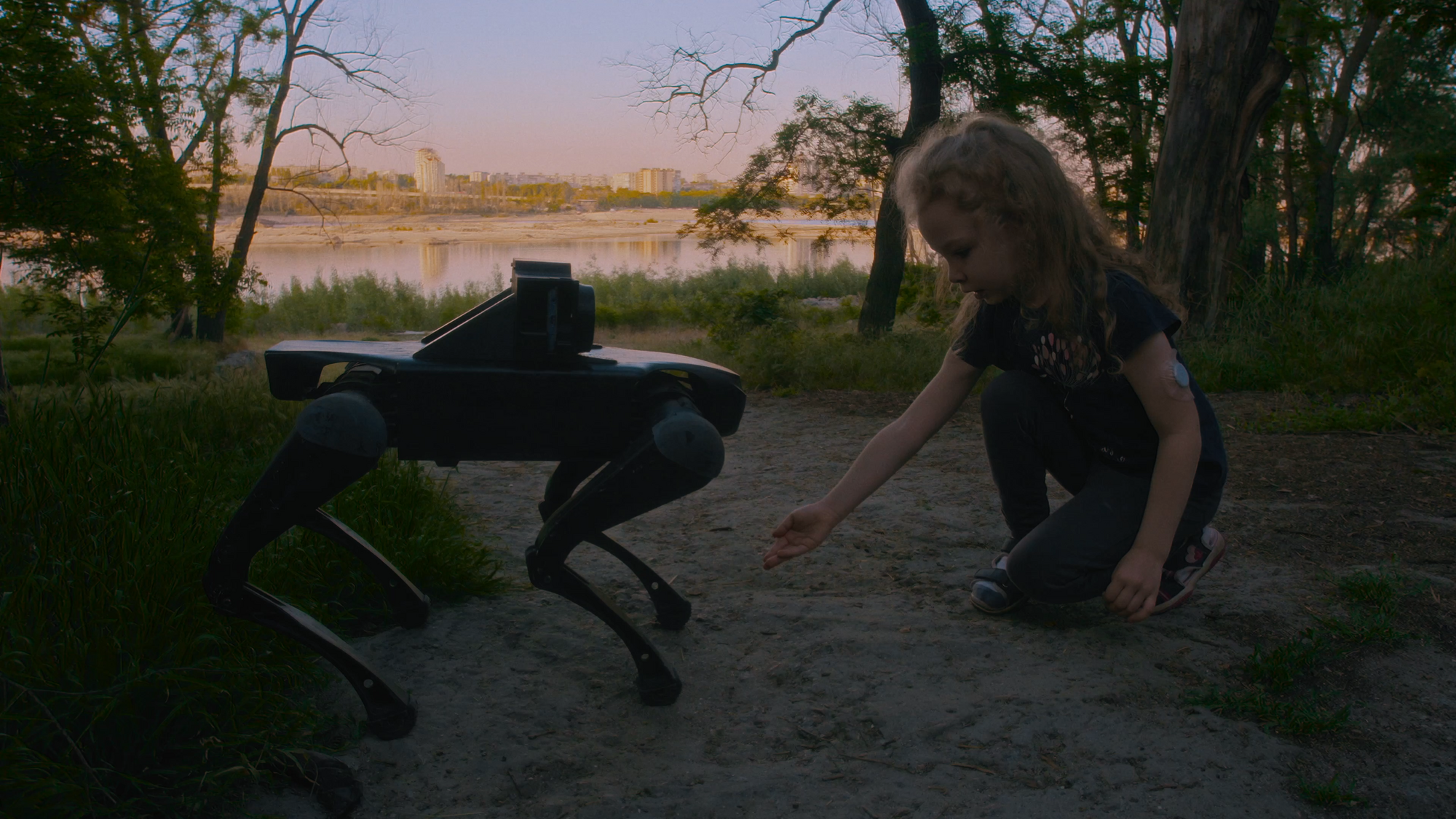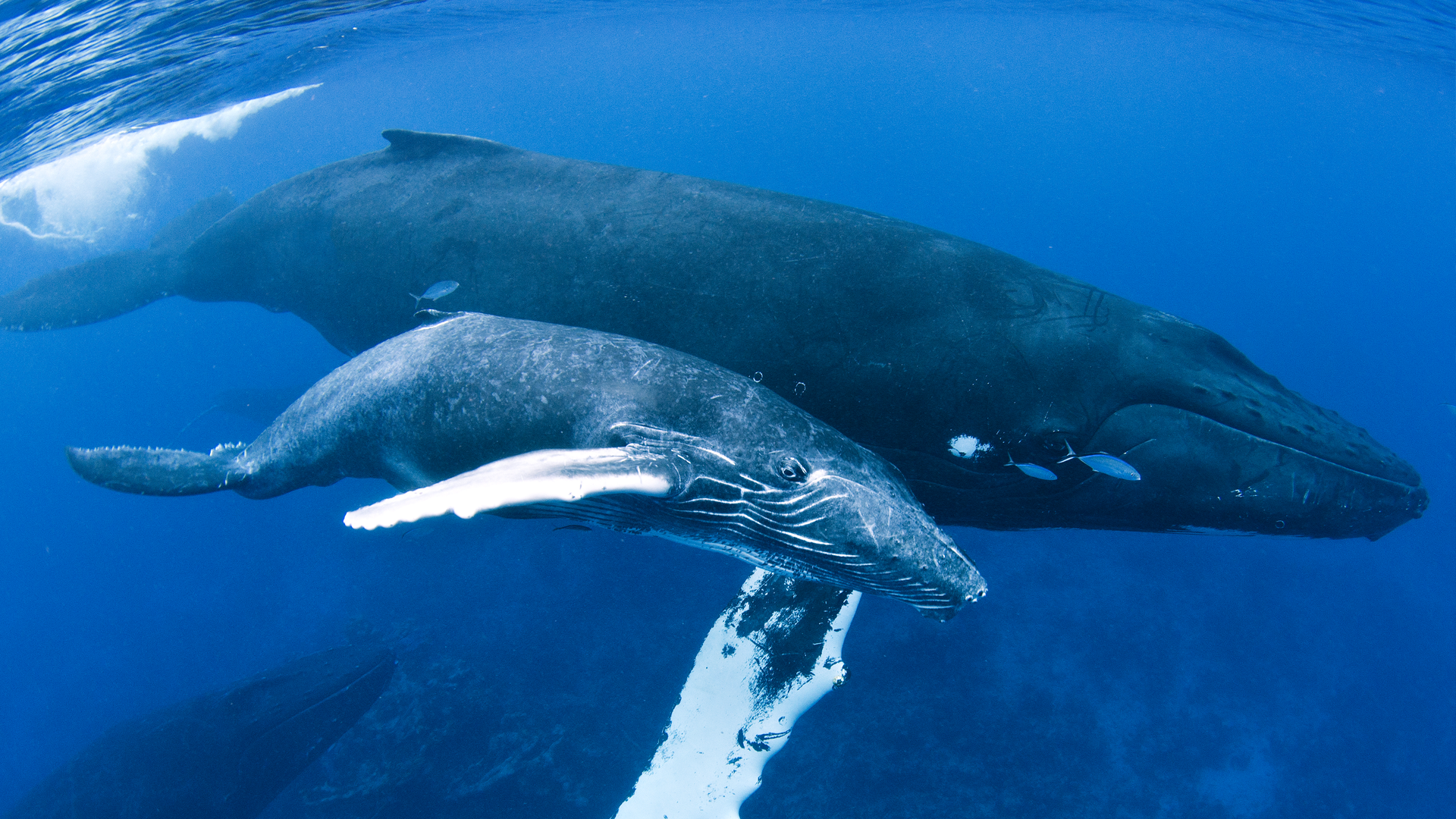Project OutlineThe seas and oceans occupy more than 70% of this world and make up the largest and most sound rich of all environments. These waters are a vast, relatively unknown and, to us at least, an extreme and hostile territory. Below the surface is a sonic inner space, which few have ever experienced.
Deep Blue Notes is an on-going investigation and celebration of the songs, sounds, rhythms and music of the oceans that will be presented as a large scale multi-channel sound work. The final installation will engage and inform those who experience the piece by allowing them access to a place where they can never be – the ocean floor.
Deep Blue Notes will be a continuous soundscape running approximately sixty minutes, composed from original location recordings made throughout the seas and oceans – ranging from underneath Arctic sea ice to the frozen volcanic shores of Antarctica. The work will include the micro sounds of pancake ice forming on the surface of the Ross Sea in Antarctica as well as the songs and calls of the largest and loudest animal that has ever lived, the Blue whale, recorded on the edge of the Arctic Circle off the northern coast of Iceland.
The work will be delivered through a specially created ambisonic sound system designed by Professor Tony Myatt from Surrey University. This will not only create a unique surround sound environment it will also include the vertical spatial dimensions of height and depth.
On LocationChris Watson will create Deep Blue Notes from original location recordings made with arrays of underwater hydrophones. Watson will draw on his extensive library of marine sound recordings made over many years and combine them with new sounds capturing some of the world’s most spectacularly vocal sea mammals. These have been collected through a series of special expeditions to unique locations as part of the TBA21–Academy research programme.
The cast of Deep Blue Notes includes:
- Humpback Whales: Megatera novaeangliae, amongst the most beautiful, haunting and spectacular sounds in the natural world. The piece will feature a range of these remarkable sounds recorded in the Silver Banks Sea Mammal Reserve off the coast of the Dominican Republic in the spring of 2013, by kind permission of the Government of the Dominican Republic. These recordings include what Chris has referred to as the “the best and most incredible animal song I’ve ever recorded”.
- Blue Whales: Balaenoptera musculus, recorded during 2011 and 2014 off the coast of Husavik in northern Iceland.
- Beluga Whales: Delphinapterus leucas, whose extraordinary vocalisations have often led it to be called the canary of the sea. The work will feature solo Beluga sounds and echolocations by large social groups recorded in the in shallow estarine Arctic waters in Svalbad, Norway, during the summer of 2014.
- Walrus: Odobenus rosmarus, imposing bearded creatures recorded as they call from Svalbard’s ice flows.
- Killer Whales: Orcinus orca, communications and songs recorded off the island of Skomvaer during a summer 2013 residency.
- Other members of the Deep Blue Notes cast include: Bearded Seals, Nahwhals, Grey Seals, Common Seals, Common Dolphins and Lesser Spotted Dolphins.
Post-ProductionPost-production and composition will take place throughout 2014. The location recordings will be edited and mixed in ambisonic sound for three-dimensional surround sound reproduction. Exterior to the presentation information will be available relating to the work’s bio-acoustic aspects. During the period of installation there will also be presentations, lectures, debates and discussion by scientists and artists on the theme of marine bioacoustics. A key aim of this project is to raise awareness of sounds and anthropogenic noise, also to increase public understanding and appreciation of marine life below the surface. The work will endeavour to reflect continuing research and discoveries. As the work travels it may also include more site-specific aspects, such as the song learning of humpback whales recently discovered across the opposing coasts of Australia.
Exhibition: Unifying Experience and Knowledge
This complex work of sound art celebrates the diversity and wonder of some of the planets most extraordinary inhabitants, both re-interpreting and responding to natural sound materials to provide an artistic insight and interpretation of immense power.
Deep Blue Notes prompts reflections about the minute scale of human endeavor in comparison to the maturity, scale and power of life in our seas. The poignancy of sophisticated marine mammal communications comes to the fore of the work’s articulation; worlds unseen and often out-of-mind, as humans tread clumsily in pursuit of material gain incomprehensible to the marine intelligences disrupted and extinguished by the process.
The experiential encounter of Deep Blue Notes hints at the seemingly infinite blue spaces beneath the seas. Audiences sense the scale of the ocean environment, fear of the unknown, vunerability and the power and intelligence of the creatures who inhabit this environment.
Massive, loud and revealing vocalisations are brought above the water and into the gallery, reproduced in the air, transplanting the three-dimensional sounds of the oceans into a human domain. The bewildering range of sound frequencies, the power of the songs of the largest animals that have ever lived, presented within an expansive blue space; dimly lit depths, abstracted, veiling unexpected encounters which can only be understood through sound. Animals which are rarely seen, but always heard. Interactions, conversations and communication calls are projected from all directions.
The work will comprise a three-dimensional sound installation, recreated by multiple high quality loudspeakers and computer controlled audio systems.
Knowledge
Deep Blue Notes provides institutions with a catalyst for the cross-fertilization of scientific and artistic knowledge. Audiences can combine the experiential awareness of sound in the oceans with information about current and significant scientific and ecological questions: The impact of climate change, the status of the oceans, of sound-pollution, overfishing, changing communities which surround the oceans, of conservation and scientific discoveries yet to be made in our seas relating to new species and ecosystems.
Many scientists, conservationists and experts associated with the TBA21–Academy are available to support the presentation of Deep Blue Notes. Organisations engaged in education, research or conservation within local communities will also encouraged to engage with the exhibition work to promote their goals through a variety of associated activities.
Exhibitions and presentations; debates, discussions and lectures relating to ocean science and conservation will orbit around the work, promoting the need for action to protect our seas and to establish generous respect for ocean inhabitants.
Deep Blue Notes provides an opportunity to establish new interdisciplinary partnerships, between institutions, universities, art and science communities. Co-funding and outreach opportunities will gain energy and momentum from the presence of Deep Blue Notes.
Artist Biography
Chris Watson is one of the world’s leading recordists of wildlife and natural phenomena. Capturing the unearthly groaning of ice in an Icelandic glacier is a classic example of, in Watson’s words, putting a microphone where you can’t put your ears. He was born in Sheffield where he attended Rowlinson School and Stannington College (now part of Sheffield College). In 1971 he was a founding member of the influential Sheffield-based experimental music group Cabaret Voltaire. His sound recording career began in 1981 when he joined Tyne Tees Television. Since then he has developed a particular and passionate interest in recording the wildlife sounds of animals, habitats and atmospheres from around the world. As a freelance recordist for film, tv and radio, Watson specialises in natural history and documentary location sound, together with track assembly and sound design in post production.
Watson’s television work includes Bill Oddie Back in the USA, Springwatch, Autumn-watch and The One Show. He has appeared on many BBC Radio productions including A Guide to Garden Birds, the Reed Bed, Jules Verne’s Volcanoe, The Ditch, Elegies from a Suburban Garden, The Wire and more. He also makes performances and live sound installations, and specialises in multi-channel works – such as the creation of a soundscape John Constable’s The Cornfield (1826) in front of the original painting at The National Gallery, London.
In 2006 Watson was awarded an honorary Doctor of Technology degree by the University of the West of England ”in recognition of his outstanding contribution to sound recording technology, especially in the field of natural history and documentary location sound”. In 2010 he devised an art project at Liverpool’s Alder Hey Children’s Hospital, using sound recordings made by children to calm other young patients as they received injections and other treatments. In the same year he initiated The Bee Symphony with Marcus Davidson & Mike Harding, which was originally commissioned by Pestival at The South Bank, London. Since 2011 he has worked with TBA21–Academy to develop Deep Blue Notes.




























